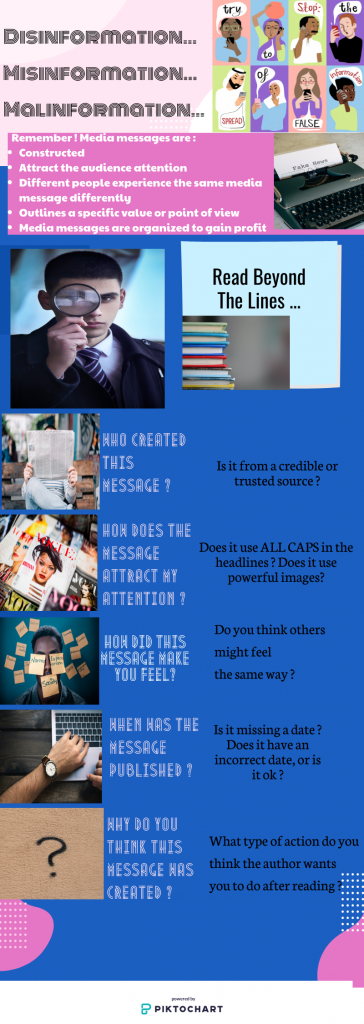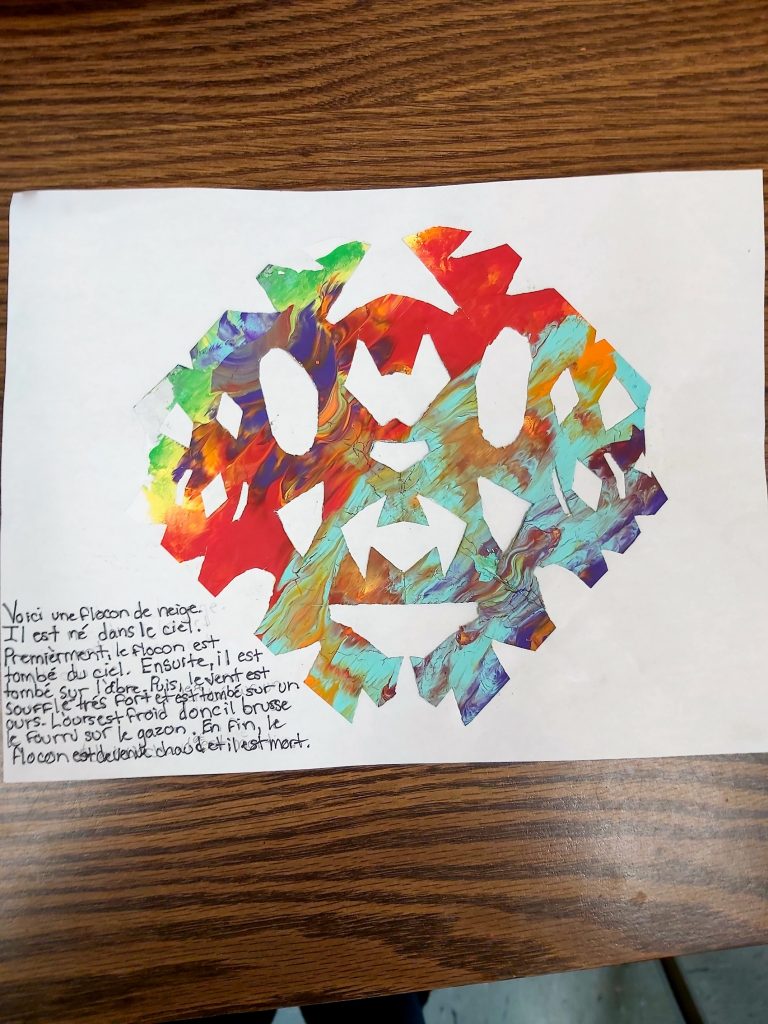
The first artifact is entitled ‘Flocon de neige’. Students were ready to create a description of a snow flake by writing in the Passé Composé (past tense) of the verb ‘to be’ in French. This assessment as learning provided them with the opportunity to practise their French grammar skills by employing new vocabulary into their writing, while being creative and colourful with their drawing. In preparation for this project, students practised with activities such as Mill to music and exercises where they would create written sentences practising the verb to be.In this project, students were depicting different places for where the flacon would fall, finding an ending to their story. Students were able to use dictionaries, as well as using verb posters. They were also encouraged to discuss with their elbow partner and ask questions to myself and their teacher when needed. Working on this activity helped me understand and become eager to further explore the ways in which connections can be fostered and applied to a variety of projects that enhance both oral and written skills. I have also learned that students learn best when terminology is accompanied by visuals and hands- on learning, something I hope to apply further as a future educator in the classroom.
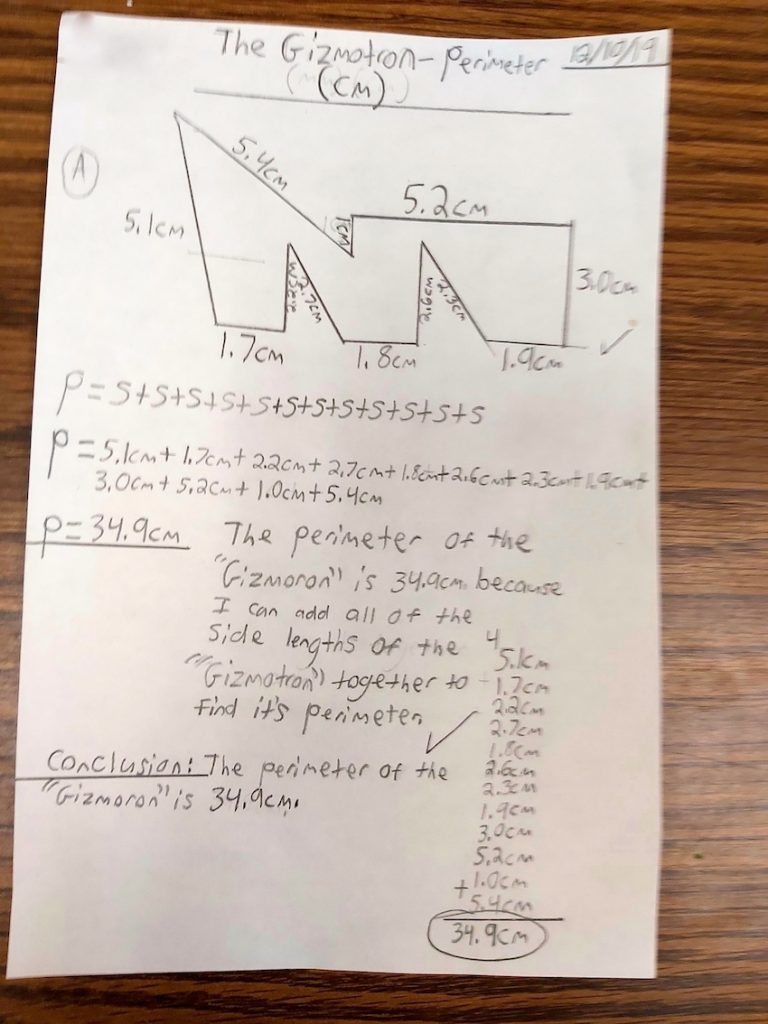
This second assessment for learning activity portrays a math exercise, in which students were asked to create their own figure by applying the rules they have learned pertaining to perimeter. They were required to create their own dimensional shapes and were encouraged to employ different math strategies to arrive to their conclusion. They first exercised their knowledge by solving small exercises after applying formulas and methods to find perimeter. Before beginning the exercises, a video from the website Math antics was shown by the teacher. Students applied their knowledge by starting with measuring with their rulers an object in the classroom. From this particular experience, I have come to realize the importance of spending as much time as one can on a particular concept. This gives students an opportunity to explore and work with various strategies to develop a critical sense of understanding within their mathematical knowledge, applying hands on learning step by step on a variety of questions. Something further that I’ve learned, is the fact that both creativity and imagination are such invaluable sources for students’ experimentation that allow a boost in curiosity and interest within that subject area, something that I hope to apply in my future classroom.
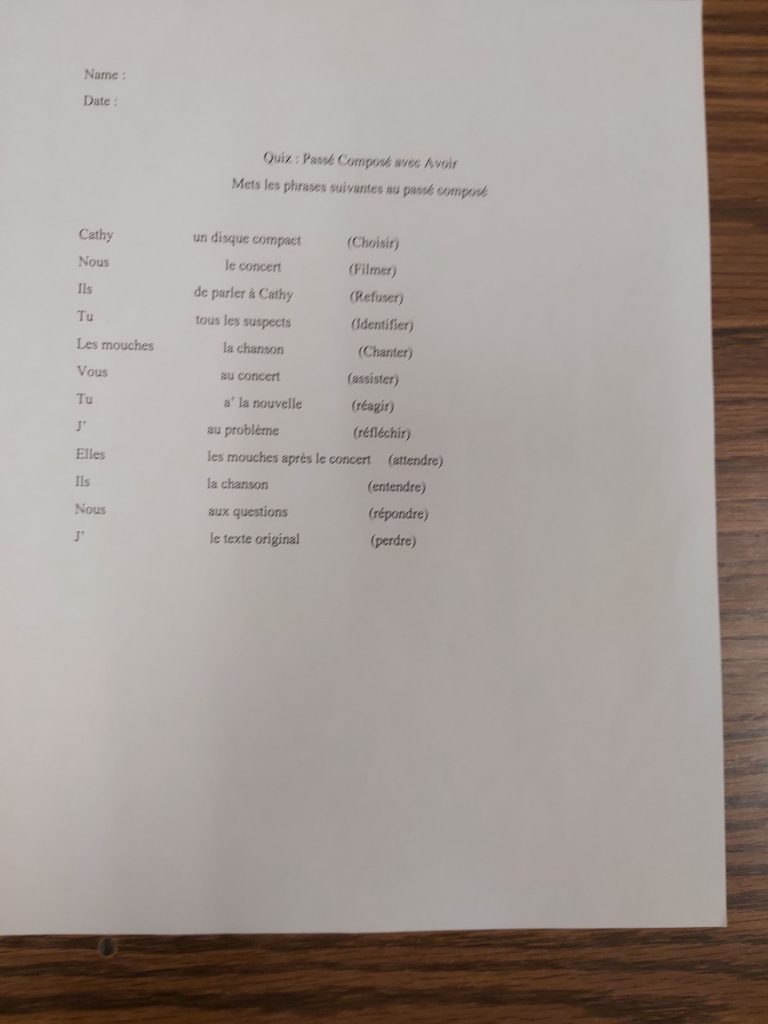
The quiz provided a summative assessment, in regards to the Passé Composé of the verb ‘To have” in French. After practising in the classroom with activities such as Mill to music and creating sentences by using this verb tense, students were required to write a small quiz to assess their knowledge of the verb Avoir in the past tense. I have come to realize how important it is to combine grammar knowledge as well as reading skills into small projects before assessing students. These ones benefit the overall understanding of the verb tense being studied. These all together provide students with the opportunity to visualize and practise without imposing memorization and passive learning of the topic that is being covered. This artifact, has helped me build knowledge on how to create one of the formats and content of a sample quiz that reflects student knowledge of French Grammar, by using a Diagnostic Assessment. It has also increased my knowledge on assessment formats and informed on one possible way to create a quiz or assessment design.
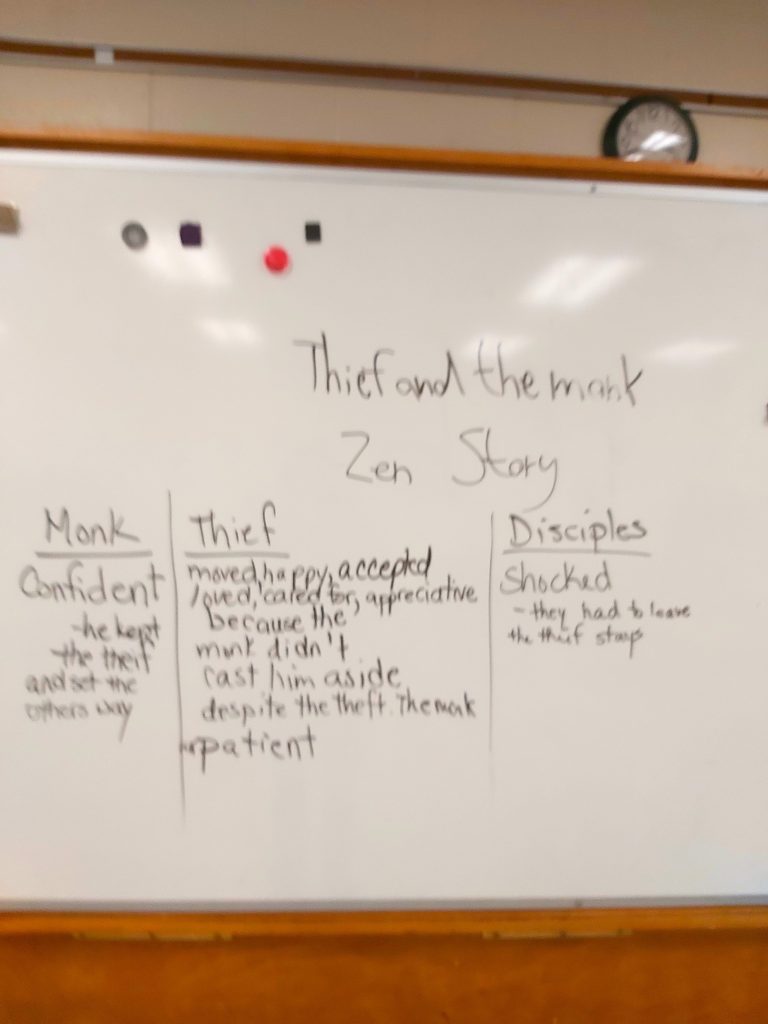
The ‘Thief and the Monk” is a Zen story that was addressed during students’ English period. Students reflected on the morale of the piece and developed critical thinking. My associate teacher explained to me the fact that students had a rough time identifying a feeling from an emotion. I decided that creating a list for each character would help students identify feelings and emotions of each individual. By promoting an active discussion and gathering them in a circle around the classroom, an inquiry based learning was formed, in which students were able to ask questions to one another and their teacher. I have found that students developed new vocabulary and that they were further interested in the story’s cultural background and philosophy. The activity has helped me understand new ways in which students learn, and it has taught me the importance of circle – discussions and strategies to help students become active participants within learning. I have come to a thorough understanding of the different ways students can collaborate and co-operate on finding the answer to a specific assignment process or question, by creating an inquiry – based process in which students write down their knowledge, in this case, of adjectives , qualities and characteristics of each character in the story.
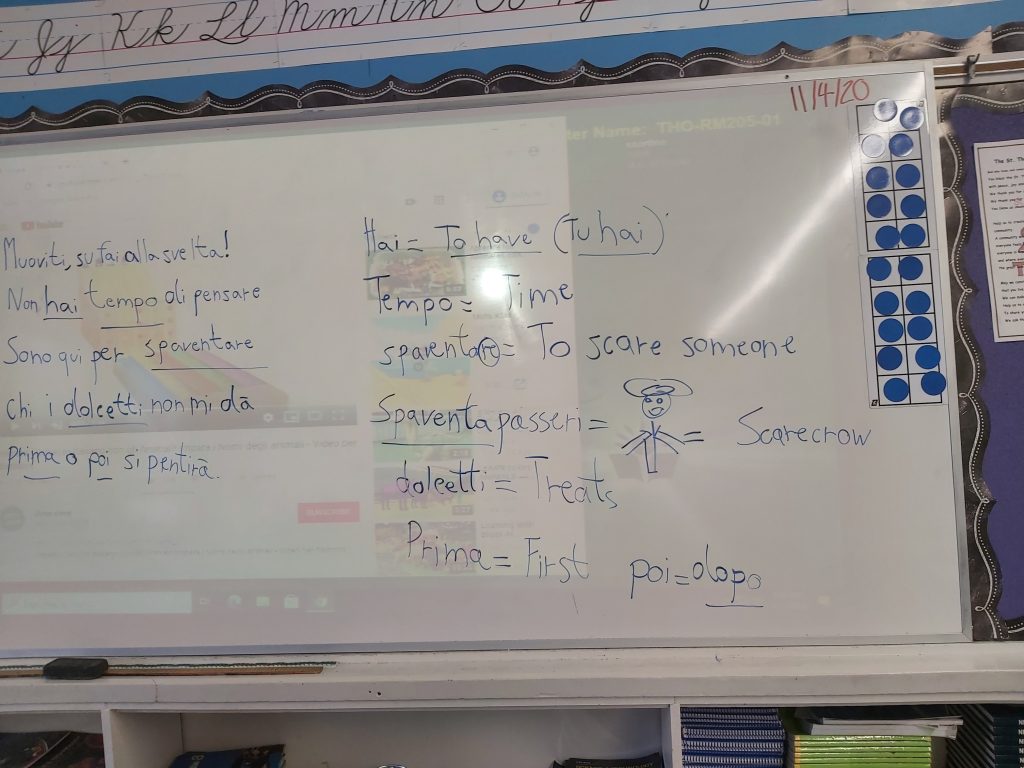
This artifact is taken from my teaching experience at the Italian Language School of London, Ontario. My students are from mixed grades, 6-7-8. I started teaching this year on the day of Halloween, which happened to be the first day of Saturday classes. I decided to introduce Halloween vocabulary. I introduced a poem with a vast terminology, in which students could visualize and review the words at the same time, including drawings. This activity helped me understand the importance for students’ visualization of concepts and new vocabulary, and it has provided a unique lens towards second language teaching, and reflecting on the value of providing visuals along with action description or words.
The last artifact is taken from my Media Literacy course. I enjoyed learning about the helpful strategies to teach students about this important topic. I created an Infographic by including the 5 Essential Media Literacy Questions and included visuals on what to look for when interpreting and analyzing a text or a news article. This assignment can be tailored to a Grade 6 to 8 student audience. This infographic has helped me understand the importance of introducing students from the early grades to this important cross – curricular topic and I have learned the different strategies and activities teachers can apply in the class, that would benefit student learning and research skills as students. An example of this, is when students have the chance to research and work with different materials, such as cutting out newspapers and ads they find at home, by recognizing the types of ads they are working with and sharing these with their teacher and classmates afterwards, as well as the benefits of creating small groups discussion activities, where students can share their learning and topic acquisition from school and class lessons.
Italian Language School
Liechtenstein. LG Vaduz

